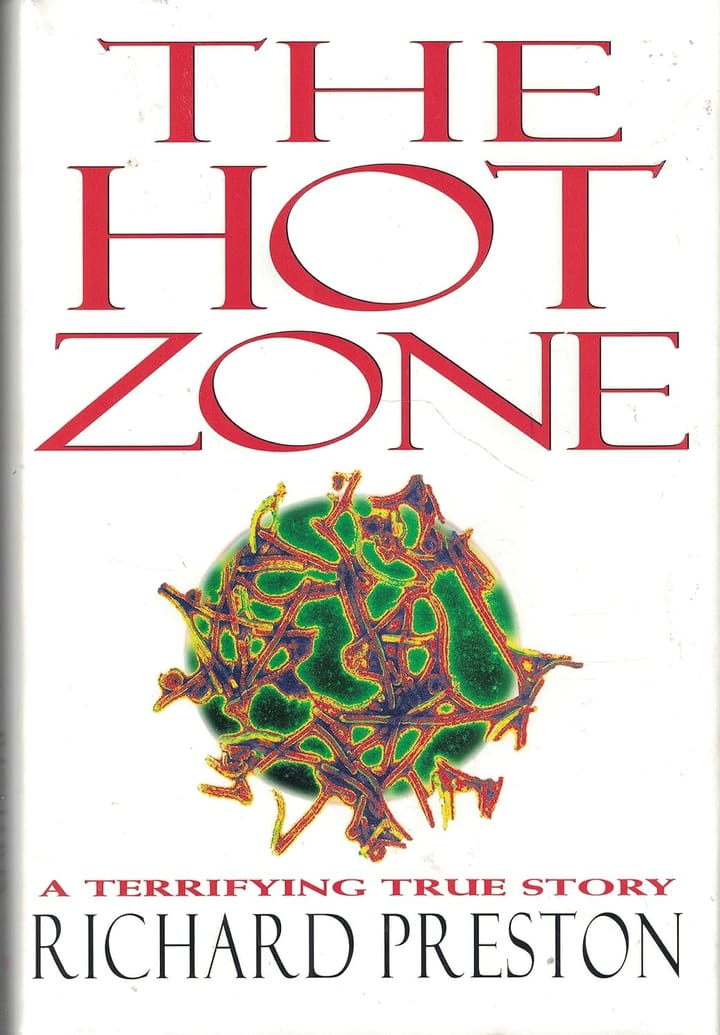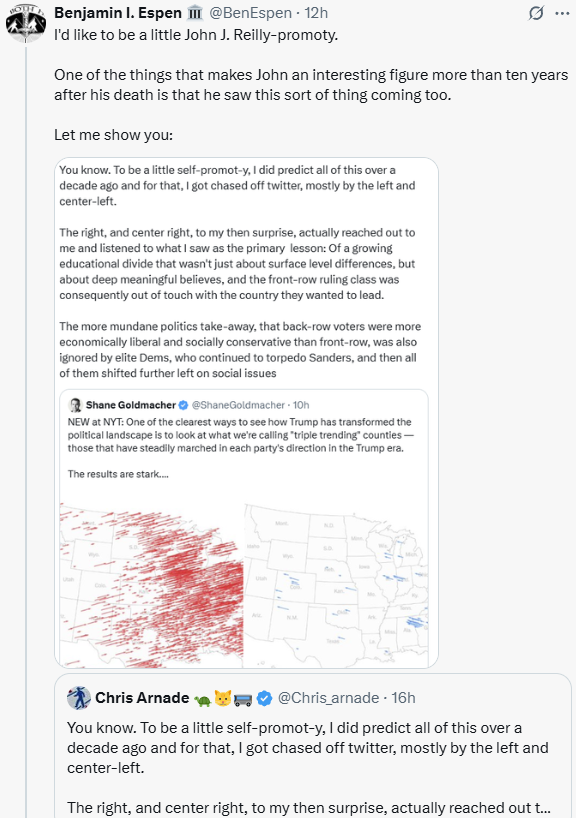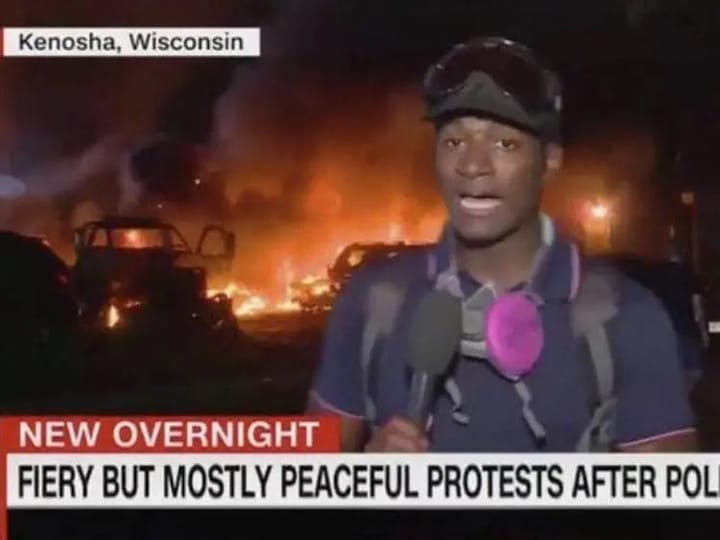The Long View 2004-08-05: More Corrections
I mostly find the current trans fad a bit misguided, and part of the reason why can be found in the LETTER TO THE BISHOPS OF THE CATHOLIC CHURCH ON THE COLLABORATION OF MEN AND WOMEN IN THE CHURCH AND IN THE WORLD, written by then Cardinal Ratzinger. The whole idea that [biological] sex and gender aren't the same thing is already a part of Christian tradition. C. S. Lewis talked about this in his science fiction novel That Hideous Strength. The direction that idea has been developed of late bears no relation to anything Pope Emeritus Benedict would be likely to recognize, however.
At root, this is because current gender theory seeks to completely differentiate sex and gender, whereas the tradition that binds Benedict and Lewis sees these things as distinct, but related by analogy. What a world of difference that makes.
More Corrections
Since the Department of Homeland Security issued the heightened alert on Sunday, coverage of the story by The New York Times has been erratic, to put it mildly. First they just reported the news. Then they disparaged the alert as based on old information. Then they checked their notes and reported that new information showed the old information would be relevant right about now. The frontpage of today's Times finally reflected the real seriousness of the situation. On the editorial page, though, the Times dealt with its own irresponsibility and incompetence like this:
The administration was obviously right to warn the country that Al Qaeda had apparently studied financial institutions in three cities with the idea of a possible attack. But the delivery of the message was confusing. The color-coded threat chart doesn't serve the purpose for which it was invented, and Homeland Security Secretary Tom Ridge is hopeless as a public spokesman on this issue. The Bush administration needs to come up with a method of communication that informs the public in a calm, clear way. Perhaps most important, people need to be made totally confident that this critical matter is not being tangled up in the presidential campaign.
The message was not confusing; the reporting by the Times was confusing. The editors were right, of course: "people need to be made totally confident that this critical matter is not being tangled up in the presidential campaign." The Timesshould begin with its own editorial policy.
* * *
Readers will recall that in my August 2 entry I had harsh words for Larry Johnson, the terrorism expert who said just before 911 that Islamic terrorism was a declining issue, and who lately has been arguing that any anti-terrorist steps the authorities take should be "behind the scenes." It is easy to wax merry over Mr. Johnson, but I must report that I cited his analysis with approbation in my column in the September, 2001 issue of Business Travel Executive. I wrote the item in July. Here is what I wrote:
New York Times
And while I was digging through old issues of the magazine, I found this from the July 2001 issue, written in May:
Something odd caught my attention in May: for a week or two, everyone in Washington was talking about "homeland defense." This expression seems to have been coined to refer to antimissile defense. However, it has been extended to refer to counter-terrorism, meaning both the prevention of terrorist acts and dealing with the effects of any that do occur. ...For the business traveler, the immediate issue is not the threats themselves, but the steps taken to deal with them. After the Flight 800 disaster, remember, the government made the prudent assumption that the explosion might have been part of a larger terrorist campaign. The nation's airports were soon gummed up by vexatious regulations... I have checked with various sources, and nothing like that is planned now. Maybe all that will happen is that FEMA will get more planning powers. We will know more when Vice President Cheney issues a report in October.
My recollection is that I used the Johnson material because my commentary had been getting too ominous; it seemed time to devote my two pages to just Good News for one month. I continue to try to look on the bright side, but now I know better than to time-stamp my attacks of optimism.
* * *
Several kind people have sent me the URL to the recent document from the Congregation for the Doctrine of the Faith, Letter to the Bishops of the Catholic Church on the collaboration of men and women in the Church and in the World. Indeed, despite my own pitiful inability to find a copy of the document to comment on in my last blog update, there is actually an embarrassment of sources. The Vatican has Cardinal Ratzinger's letter here, while Zenit has it here.
One of these correspondents also points out that the letter does not mention "feminism." The term "feminist" occurs just once:
Although a certain type of feminist rhetoric makes demands "for ourselves", women preserve the deep intuition of the goodness in their lives of those actions which elicit life, and contribute to the growth and protection of the other.
So what is the letter about? I would say that it is about this:
Male and female are thus revealed as belonging ontologically to creation and destined therefore to outlast the present time, evidently in a transfigured form. In this way, they characterize the "love that never ends" (1Cor13:8), although the temporal and earthly expression of sexuality is transient and ordered to a phase of life marked by procreation and death. Celibacy for the sake of the Kingdom seeks to be the prophecy of this form of future existence of male and female. For those who live it, it is an anticipation of the reality of a life which, while remaining that of a man and a woman, will no longer be subject to the present limitations of the marriage relationship (cf. Mt22:30). For those in married life, celibacy becomes the reminder and prophecy of the completion which their own relationship will find in the face-to-face encounter with God.
Unpack that paragraph, and you can build a whole world.
* * *
Moving from the sublime back to the New York Times editorial page, we see that Nicholas D. Kristof had a column yesterday, entitled Martyrs, Virgins and Grapes, about what he imagines to be the opening phase of an Islamic Reformation:
Still, there are encouraging signs. Islamic feminists are emerging to argue for religious interpretations leading to greater gender equality. An Iranian theologian has called for more study of the Koran's Syriac roots. Tunisian and German scholars are collaborating on a new critical edition of the Koran based on the earliest manuscripts. And just last week, Iran freed Hashem Aghajari, who had been sentenced to death for questioning harsh interpretations of Islam.
The piece is worth reading, but it evinces a major confusion. Kristof is not talking about the spirit of the actual Reformation, but of the Higher Criticism of the 19th century. The Reformation, at its best, was driven by a ruthless piety. The Higher Criticism, at its best, was marked by intellectual honor, but its presuppositions were skeptical. We see the tail end of the Higher Criticism in such enterprises as the Jesus Seminar and the Gnosticizing propaganda of Elaine Pagels. Honor has departed from it; so has the power to persuade, if you ask me. Are we sure we want people like this to deconstruct the Koran?
Copyright © 2004 by John J. Reilly



Comments ()